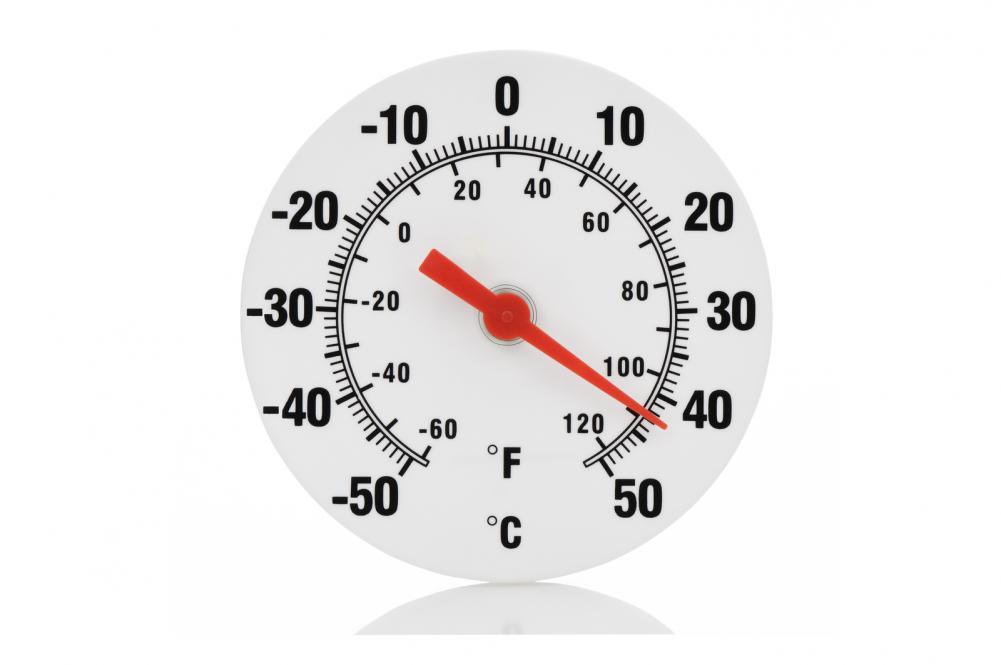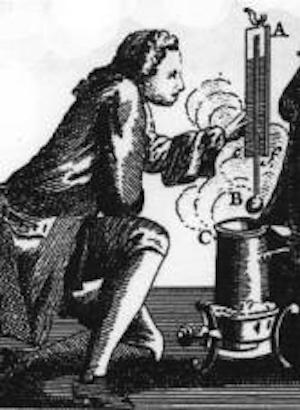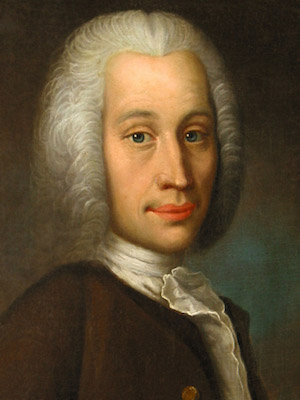Eine “Affenhitze”? Fahrenheit to Celsius Made Easy
 A recent post about German expressions that you may hear in Germany during the summer months includes the word “Affenhitze.” (Literally, it's “monkey heat,” or very hot, you get the picture.)
A recent post about German expressions that you may hear in Germany during the summer months includes the word “Affenhitze.” (Literally, it's “monkey heat,” or very hot, you get the picture.)
Talking about the weather is always a good conversation topic, especially when traveling. For many travelers from the U.S. to Europe (or vice versa), being able to correlate the Fahrenheit scale to the European Celsius is a mystery.
There are conversion charts, thermometers often show both scales as on this picture, and your smartphone will have an app for conversions of areas, weights, temperatures, etc. (And yes, there is the simple approximation: deduct 30 from ºF, divide by 2 to get ºC, or double ºC and add 30 to get ºF.)
But after reading this post, "approximate" won't do for you any longer and you can also impress your friends, by NOT using a mobile gadget. You'll now be able the make all conversions quite easily in your head by just remembering a few key numbers. And, feel free to forward the post to anyone who could use it! But first a little history.
Fahrenheit
The Fahrenheit scale was proposed in 1724 by the Danzi/Gdansk born, Amsterdam-based physicist Daniel Gabriel Fahrenheit.  Today Fahrenheit is used as the official temperature scale only in the United States, a few Island states in the Pacific, the Bahamas, Belize, and the Cayman Islands.
Today Fahrenheit is used as the official temperature scale only in the United States, a few Island states in the Pacific, the Bahamas, Belize, and the Cayman Islands.
The scale is defined by two fixed points:
• 32 ºF as the temperature when water freezes, and
• 212 ºF as the temperature when water boils at sea level and a defined atmospheric pressure.
Just remember: On the Fahrenheit scale, water freezes at 32 ºF.
Celsius
 The Celsius scale, which the Swedish astronomer Anders Celsius proposed in 1742, was actually the reverse of the scale we are using today:
The Celsius scale, which the Swedish astronomer Anders Celsius proposed in 1742, was actually the reverse of the scale we are using today:
• 0 ºC as the boiling point and 100 as the freezing point of water, and
• 100 ºC as the boiling point of water.
Read about the Celsius history, and how the reversal to 0 ºC as the freezing point and 100 ºC as the boiling point of water came about, in this Wiki entry. Just remember: On the Celsius scale, water freezes at 0 ºC.
But enough of physics.
The Fahrenheit/Celsius Correlation
We now know:
Water freezes at 32 ºF and 0 ºC.
Water boils at 212 ºF and 100 ºC.
The difference between freezing and boiling is therefore 180 ºF and 100 ºC on either scale.
Dividing both differences by 20 (180:20=9; 100:20=5) gives you the first easy relationship to remember: Each 5 ºC correlates to 9 ºF
If 0 ºC = 32 ºF,
then 5 ºC = 9 ºF + 32 ºF = 41 ºF You got the idea?
What would then 20 ºC be in Fahrenheit? Easy!
Remembering that 4 x 5 ºC = 20 ºC, you apply the same logic to the Fahrenheit conversion:
4 x 9º + 32º = 68 ºF
This leads you to the second correlation you may want to remember:
68 ºF correlates to 20 ºC
Once you remember this one, it's not difficult either to calculate and even remember the next one
50 ºF correlates to 10 ºC
How do I know?
Well, remembering that 5 ºC correlates to 9 ºF,
you can either add 2 x 9º = 18º to 32º, or deduct 18º from 68º, both result in 50 ºF.
In the last few weeks European temperatures have often exceeded 30 ºC, and the 90s ºF are not unusual for many parts of the U.S. these days.
What are the ºC/ºF equivalents of higher temperatures? Easy!
Just add 2 x 9º = 18º to the 68 ºF (= 20 ºC) that you remembered from above and you'll get:
30 ºC correlates to 86 ºF.
Add another 5 ºC or 9 ºF and you get:
35 ºC correlates to 95 ºF.
The Fahrenheit – Celsius Table
Here is the table for the easy 5 ºC increments, and you can obviously interpolate among those. But as long as you remember the key relationships (5 ºC ~ 9 ºF, 0 ºC ~ 32 ºF and 20 ºC ~ 68 ºF) , you can always figure it out again easily.
Celsius Fahrenheit
0º 32º
5º 41º
10º 50º
15º 59º
20º 68º
25º 77º
30º 86º
35º 95º
40º 104º
It's summer now, but you may also want to know in the winter how cold -10 ºC is in Fahrenheit? No problem, right?
Here is a good one to remember as well:
-40 ºC correlates to -40 ºF
By now, I'm sure you are able to figure out why this is correct.
The Fahrenheit – Celsius Formula
For the more mathematically inclined readers, here are the two conversion formulas which the mobile apps are using:
ºC = [(ºF – 32 ) / 9] x 5 and
ºF = ºC x 9 / 5 + 32
Some Final Thoughts
For those readers who use European cook books that include ºC temperature recommendations, it's worthwhile to know that 200 ºC is 328 ºF and 250 ºC is 418 ºF.
I've written these two conversion sets in each of my European cookbooks. Of course, as with anything, you have to practice a bit. And, if you are learning a foreign language, why not practice the conversion numbers in your new language?
To brush up on the numbers, just click on the French, German, Italian and Spanish number posts and games! As the Germans would say: You could “zwei Fliegen mit einer Klappe schlagen” - which converts easily to “kill 2 birds with one stone”...
And please, forward this post to anyone for whom the Fahrenheit/Celsius relationship has always been a mystery!
Bio: Peter Rettig is the co-founder of Gamesforlanguage.com. He is a lifelong language learner, growing up in Austria, Germany, and Switzerland. You can follow him on Facebook, Twitter and Instagram, and leave any comments with contact or below.
